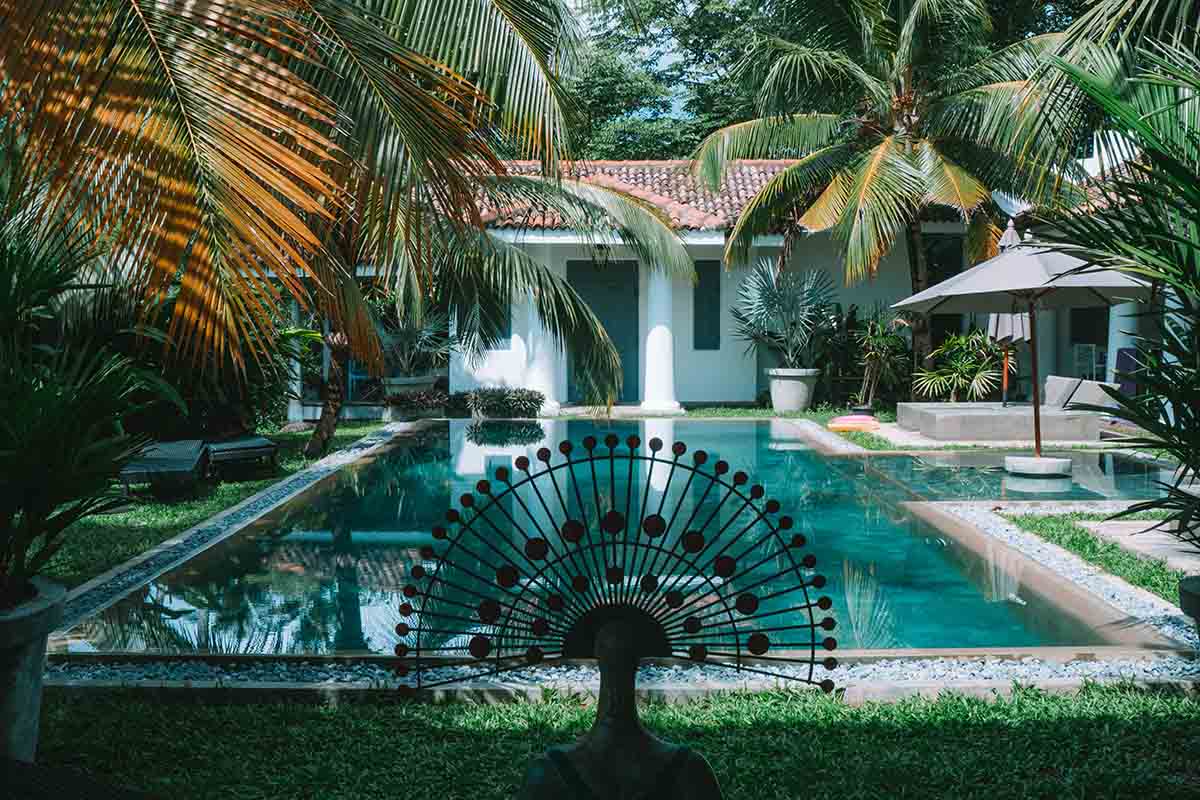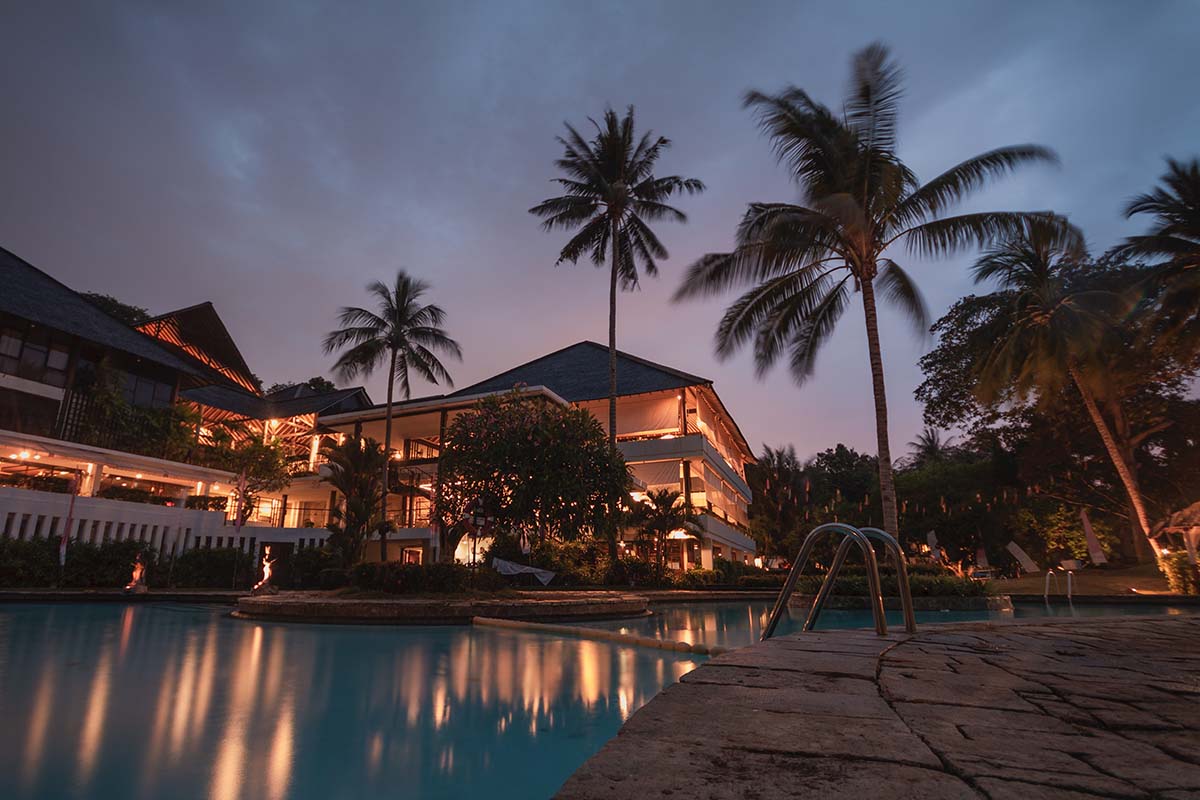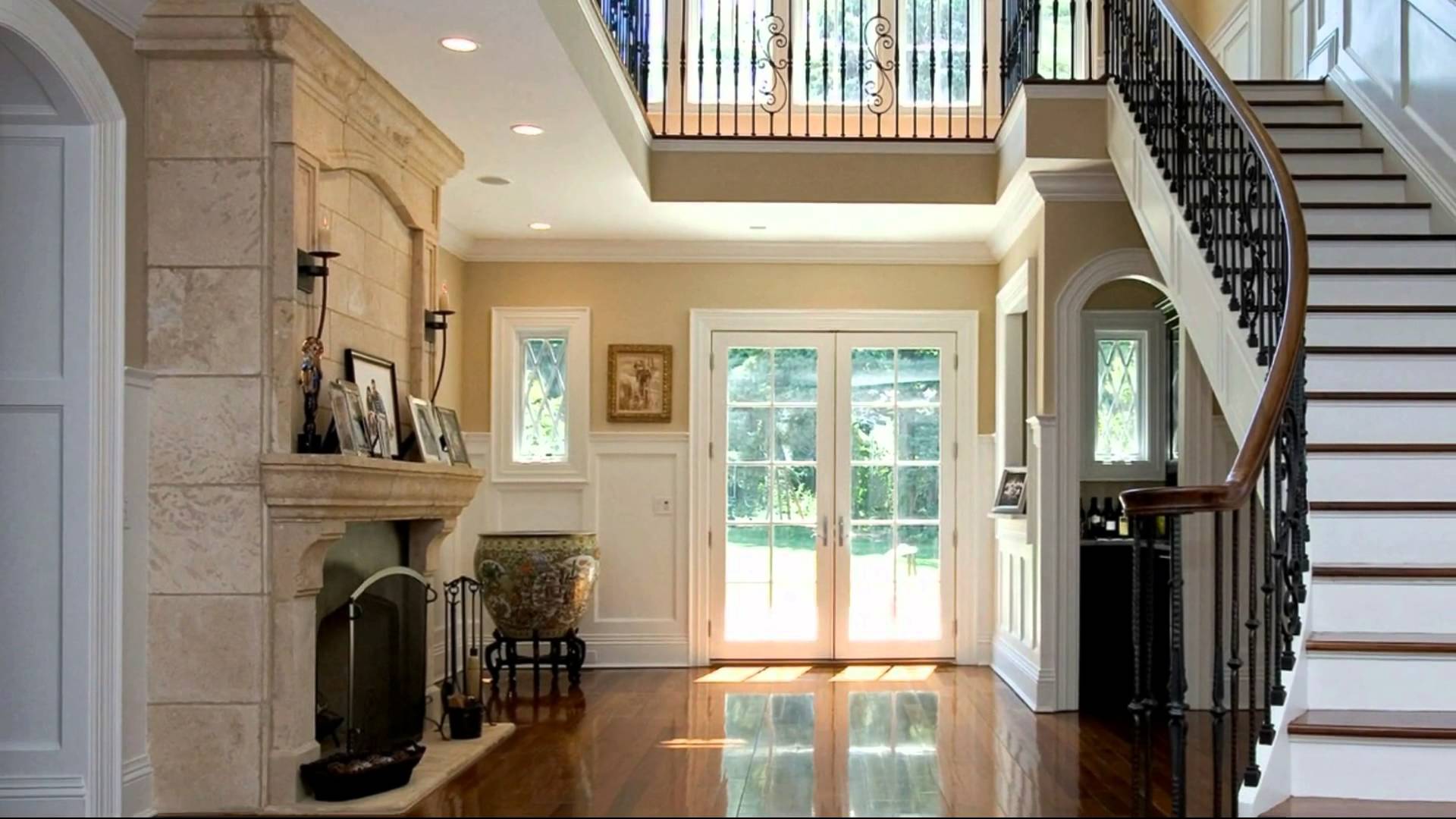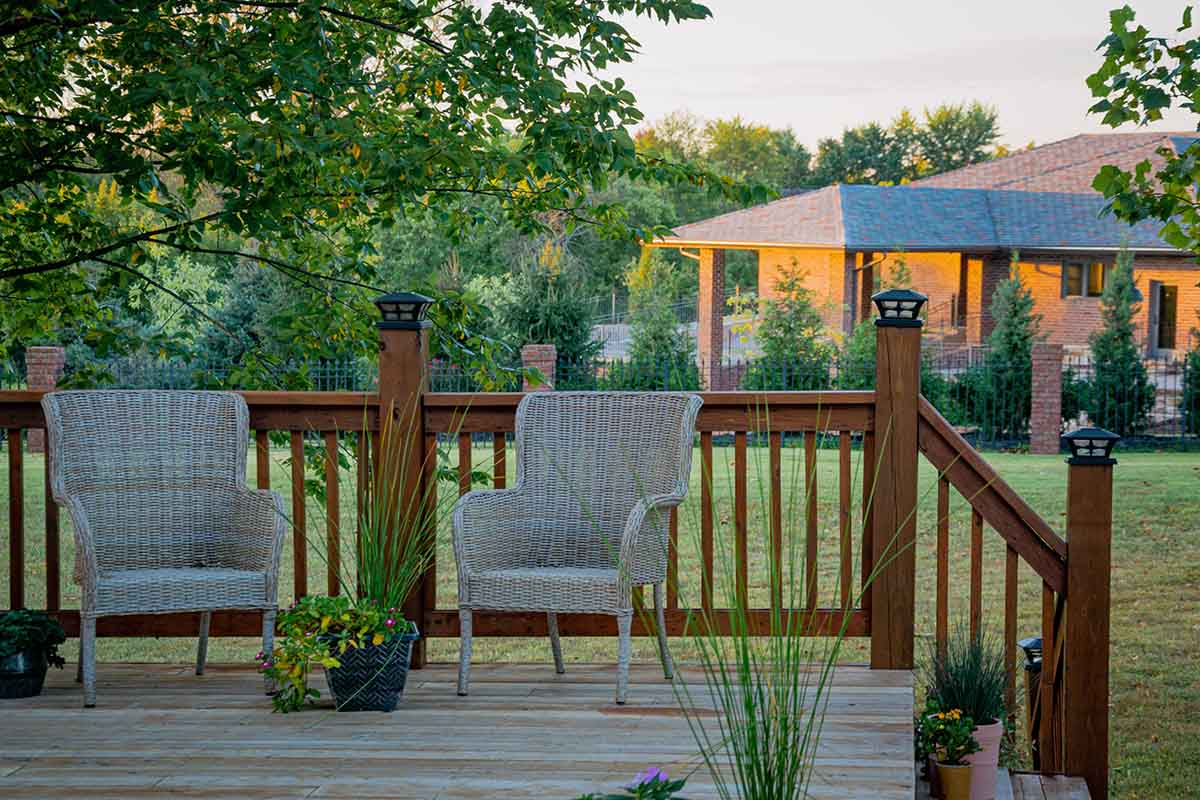How to Install Lights In A Swimming Pool
A swimming pool is an excellent addition to any home, but it’s also one of the first things in your yard that visitors see. And if you’re going to have a swimming pool, why not make it look its absolute best?
Installing pool lights can help make nighttime swims more enticing and entertaining. But before you start the actual installation process, it’s important to understand some of the basics about how these types of lights work and what factors will determine how many lumens you need for each fixture.
Preparing for Installation
The first thing you’ll need to do is prepare your swimming pool for installation. This will involve cleaning the surface of your pool, removing any debris in it, and checking that there are no leaks or damage to the structural integrity of your pool walls. If there are cracks in your wall or you notice other structural problems like uneven tile work, now is a good time to have them fixed before installing lights, as serious damage can quickly happen if water gets into these areas.
The next step is preparing everything around your swimming pool. This includes making sure any electrical outlets near where you’ll install lights are well-grounded (and working), removing all plugs from outlets, so they don’t get accidentally plugged into during installation, and turning off any breakers leading up to them. For example, turning off breaker number 2 on circuit board number 1.
You should also turn off any pumps running throughout this entire process while applying pressure drain covers over each drain opening so no water can escape while being worked on. Also, remember not to take anything apart until after the power has been completely disconnected! This way things won’t get damaged when accessing them later on downstream during the installation process but also prevent flooding inside the house if something goes wrong while working on a project at hand!
Installing the light housing
Before installing the light housing, you must determine where to place it. This is an essential step because your pool will not be as bright if the light source is too far from the water. If you’re using a low-voltage system like solar lights or LED lights, remember that these are more prone to damage by water than traditional incandescent bulbs. You’ll also need to measure how much space will be required for wiring and electrical connections.
Once you know where you want your light housing installed, attach it securely with screws or bolts through pre-existing holes in your pool walls. Make sure that any existing wires are tucked out of sight before securing them with zip ties or other plastic fasteners; this will prevent them from being damaged when they come into contact with water in case of flooding later on down the road!
Connecting to a power source
Once you’ve found the power source and located where it will be most easily accessible, locate your extension cord. If you don’t already have one, it’s best to purchase one at the same time as the lights (this is true for any electrical project).
Measure how far away from the pool light is going to go and calculate how long an extension cord should be based on that measurement. It’s best to buy a longer-than-necessary extension cord. This will make things much easier when connecting everything together later on.
Finishing installation
Now that the light is connected to your pool, it’s time to test it out. You should be able to see the lights when you’re standing by them and looking down into the water. Once you’ve verified everything works, it’s time to put on your coverage and ensure no leaves or debris can get in between your cover and the light fixture.
How to Install Lights In A Swimming Pool: Conclusion
When you are finished with the installation process, be sure to test your lights and make sure that they work properly. When doing so, we recommend making sure that there are no loose connections or damaged parts. This will ensure that your pool is safe for swimming once again!




















